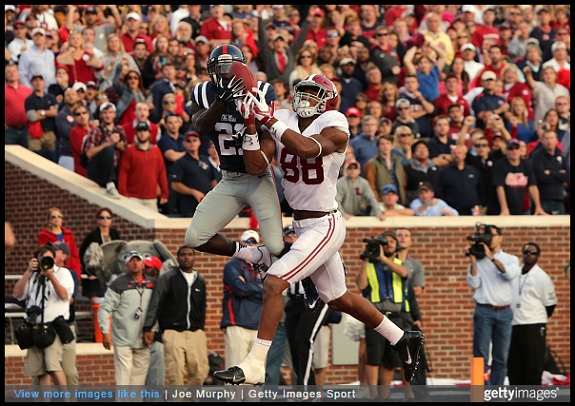The Pittsburgh Steelers have, by and large, been on an upward swing over the course of the past two and a half seasons after they missed the playoffs for two straight seasons, and failed to win a postseason game in four straight years.
Last season saw them gain that elusive playoff victory, though they came up short with about three minutes left in the Divisional round a week later. Their offense took off, and their defense improved, showing playmaking ability and opportunism.
But there are still a lot of unanswered questions facing the team as we crack into free agency territory. As an exercise, we like to take a stab at some of those questions, presenting arguments for the pros and cons of each side of the coin. This is the pessimist’s take on the following question.
Question: Will the Steelers make greater use of ‘big nickel’ defensive sub-packages after drafting Sean Davis?
It has been only relatively recently that the Steelers have migrated toward playing primarily with extra defensive backs on the field as their base package, a gravitation that other teams had begun sooner, and which perhaps their previous defensive coordinator was more reluctant to do than the individual currently responsible for the defense.
Pittsburgh spent more than 70 percent of its defensive snaps with five or more defensive backs on the field. But only a small handful of those snaps saw the Steelers utilize their occasionally-used ‘big nickel’ defense, which incorporates a third safety as the fifth defensive back, rather than a third cornerback.
To be sure, the Steelers did spend a fair amount of time with three safeties on the field, but this was a part of their dime, or quarter defense, which uses six defensive backs in total, with three cornerbacks and three safeties.
This package is not as versatile as the big nickel, which utilizes the third safety as an all-options sort of player who can play the run, drop back as a center fielder, or even man up in coverage if need be. And the Steelers would figure perhaps to have the body of players at the position this year to run that more than they have in recent years.
But one has to wonder whether that would be advantageous over using the cornerbacks that the Steelers have on the roster to draw the extra defensive back rather than a safety, of which they only have three perhaps that they would trust to play.
William Gay is likely always going to see the field unless injured. Ross Cockrell is likely to start opposite him, with Senquez Golson in the slot, who may have the most fluid coverage skills on the team—only he hasn’t gotten to show it yet.
I also suspect that there will be some urgency to get first-round pick Artie Burns some playing time, even if it means adapting the defense around him to let him play in bump-in-run coverage until he is more comfortable dropping into zones.
The bottom line is that there are more options to play at cornerback than there are at safety, and this was generally not the case when they more widely used the big nickel in the past. Even in 2014, when they did use six defensive backs on occasion, they actually put a fourth cornerback, B.W. Webb, on the field.






